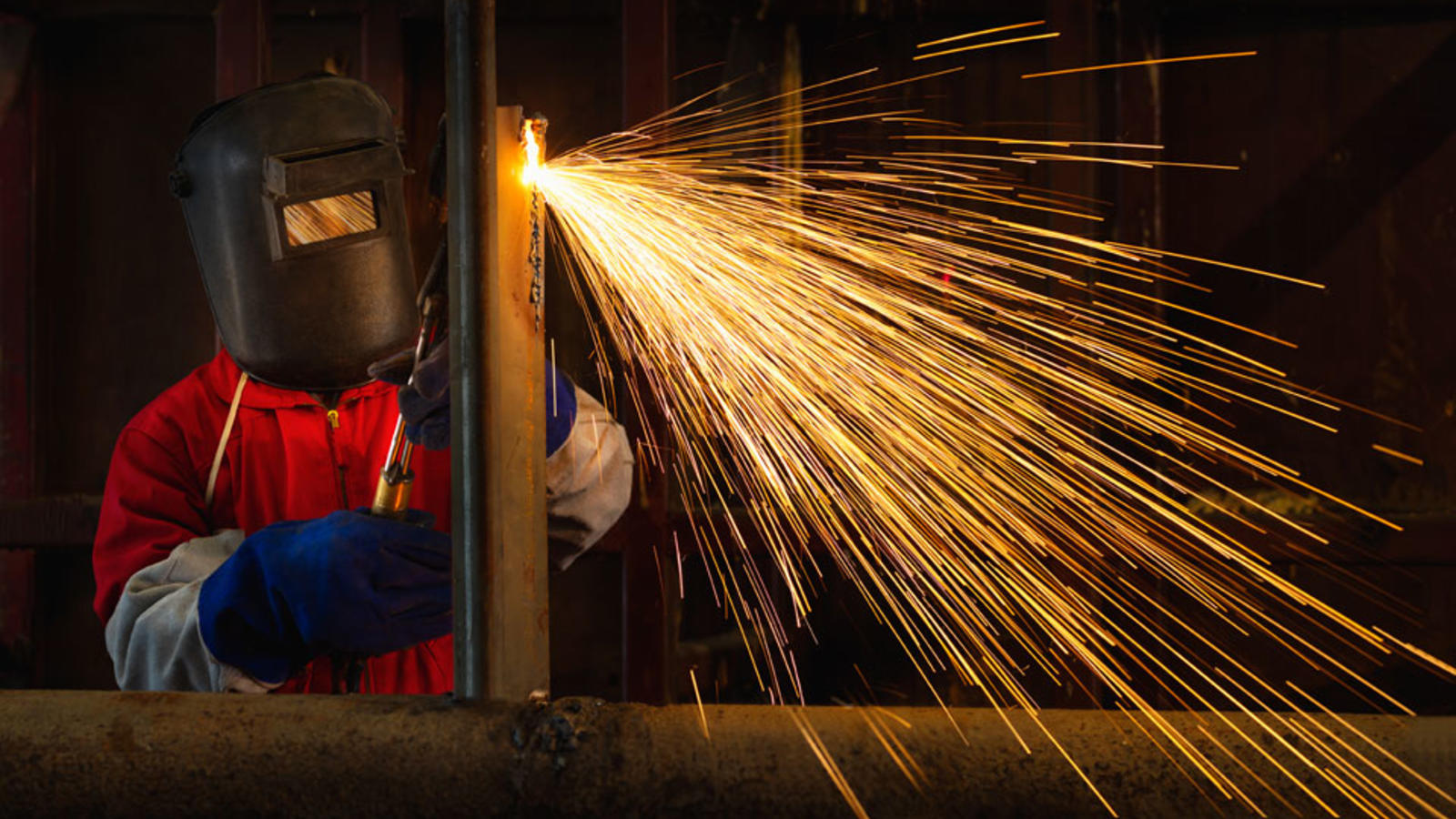The Ultimate Guide to Welding WPS Procedures: A Comprehensive Review for Welders
In the elaborate world of welding, Welding Procedure Specifications (WPS) serve as the foundation of ensuring top quality, uniformity, and safety and security in welding procedures (welding WPS). As we dig into the different elements of a WPS and explore the complexities of qualification and certification, we will certainly reveal the essential duty these treatments play in the realm of welding.
Significance of WPS Procedures
Understanding the significance of Welding Treatment Requirements (WPS) procedures is important for making sure the high quality and stability of welded frameworks. WPS treatments act as a roadmap for welders, laying out the essential actions, criteria, and products required to attain a sound weld. By adhering to WPS standards, welders can make sure consistency in their job, bring about structurally audio and trusted welds.
Among the primary reasons that WPS procedures are necessary is their role in preserving weld quality and honesty. Complying with the specified welding criteria and methods outlined in the WPS aids avoid defects such as porosity, fracturing, or incomplete blend, which can jeopardize the toughness and toughness of the weld. Additionally, WPS treatments are essential for making certain compliance with sector requirements and codes. By adhering to well-known WPS standards, welders can show that their work satisfies the necessary demands for safety and high quality, providing guarantee to customers, examiners, and governing bodies. In essence, the value of WPS procedures can not be overstated, as they are basic to achieving regular, top quality welds that satisfy sector standards and specs.

Components of a WPS
A Welding Treatment Requirements (WPS) normally makes up vital components that detail the details needs for carrying out a weld, guaranteeing uniformity and high quality in the welding process. The key parts of a WPS consist of important variables such as base metals, filler metals, preheat and interpass temperature levels, welding procedures, shielding gases, welding placements, and post-weld warm treatment demands.
Base metals describe the products being joined, while filler steels are used to load the space in between the base metals throughout welding. Preheat and interpass temperatures are critical for regulating the warm input and preventing problems like cracking or distortion. The welding procedure details the specific technique to be utilized, whether it's gas steel arc welding (GMAW), secured metal arc welding (SMAW), or another technique. Shielding gases protect the weld swimming pool from atmospheric contamination. Welding placements specify the orientations in which welding can be done. Post-weld heat therapy might be required to alleviate stresses and enhance the weld's residential or commercial properties. A thorough understanding of these elements is critical for creating a reliable and thorough WPS.

Credentials and Qualification
Having actually developed the crucial parts of a Welding Treatment Requirements (WPS), the emphasis currently changes towards the important elements of credentials and certification in welding practices.

Accreditation, on the various other hand, is the formal acknowledgment of a welder's qualifications by a pertinent certification body or company. Welding certifications are normally based upon the particular welding procedures, products, and placements a welder is qualified to collaborate with. Holding a legitimate welding accreditation shows that a welder fulfills industry requirements and is experienced to carry out welding jobs to the required specs.
Developing a WPS
To develop a Welding Treatment Requirements (WPS) that fulfills industry standards, cautious factor to consider of welding processes, materials, and operational specifications is essential (welding WPS). The very first step in developing a WPS is to recognize the welding process to be utilized, such as gas metal arc welding (GMAW) or protected steel arc welding (SMAW) As soon as the welding procedure is determined, the next vital facet is choosing the appropriate products, taking into consideration factors like base metal type, thickness, and joint style. Operational criteria such as welding current, voltage, travel speed, and shielding gas composition should likewise be thoroughly specified in the WPS.

Executing and Keeping An Eye On WPS
Upon wrapping up the comprehensive Welding Procedure Specification (WPS) that carefully details welding procedures, materials, operational specifications, and quality control actions, the focus moves to successfully applying and checking the well-known treatments. Execution entails ensuring that all welders associated with the project recognize with the WPS and follow it meticulously throughout the welding procedure. This calls for supplying appropriate training and guidance to ensure adherence to the specified procedures. Monitoring the WPS involves continuous oversight to confirm that welding tasks align with the recorded specs. Assessments, testing, and quality assurance measures are essential elements of the monitoring process to recognize any type of issues or variances without delay. Normal audits and evaluations of the welding procedures help in keeping consistency and quality throughout the project. Effective implementation and monitoring of the WPS are essential for ensuring the honesty, strength, and security of the welded joints, inevitably adding to the overall success of the welding task.
Conclusion
Finally, understanding and following Welding Treatment Requirements (WPS) is crucial great post to read for welders to make sure top quality, consistency, and security in their job. By recognizing the components of a WPS, obtaining proper certifications and qualifications, creating in-depth treatments, and implementing and monitoring them successfully, welders can boost their abilities and proficiency in welding practices. Abiding by WPS treatments is crucial for generating high-grade welds and conference market standards.
In the elaborate globe of welding, Welding Treatment Requirements (WPS) offer as the foundation of making certain quality, consistency, and safety in welding operations. The welding process describes the particular method to be utilized, whether it's gas steel arc welding (GMAW), protected metal arc welding (SMAW), or one more technique.To establish a Welding Procedure Requirements (WPS) that meets sector standards, cautious consideration of welding processes, materials, and operational parameters is essential. The first action in developing a WPS is to recognize the welding procedure to be utilized, such as gas metal arc welding (GMAW) or shielded metal arc welding (SMAW)Upon finalizing the comprehensive Welding Treatment Requirements (WPS) that thoroughly information welding processes, materials, functional specifications, and high quality assurance measures, the emphasis changes to properly applying and monitoring the established treatments.